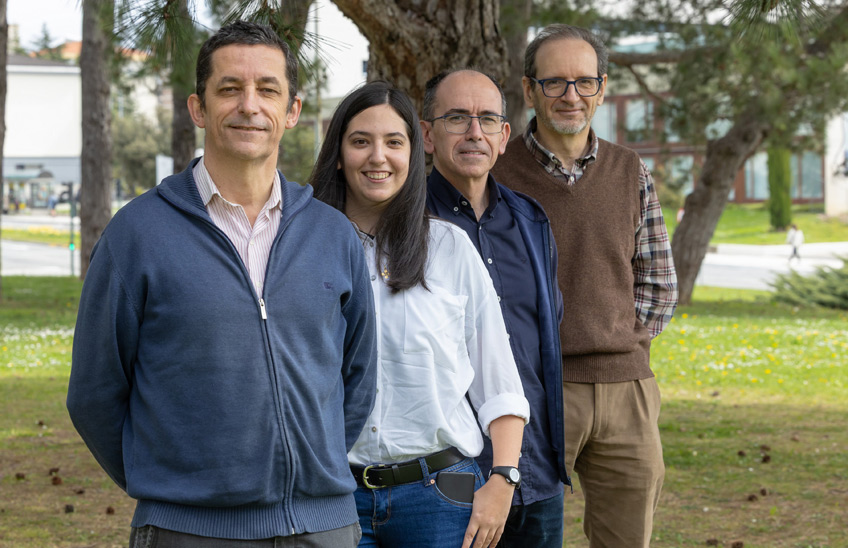Heat waves cause 9.1% of the environmental impact on morbimortality in Spain, behind only air pollution
This is according to the report "Influence of the urban environment on people's health" prepared by the Biodiversity and Environment Institute BIOMA of the University

04 | 08 | 2025
Heat waves have consolidated their position as the second most influential environmental factor in morbidity and mortality in Spain, as they are the manager of 9.1% of the environmental impact on health, only surpassed by air pollution. This is revealed in the report "Influence of the urban environment on people's health" prepared by the Biodiversity and Environment Institute BIOMA, within the framework of the Chair Sanitas de Salud y Medioambiente of the University of Navarra.
This study analyzes the influence of eight urban environmental parameters and the consequences of their interactions on the health of the population (air quality, extreme temperatures, green areas, urban mobility , water, noise pollution, light pollution, and urban safety). In fact, the BIOMA Institute researchers behind the study have created the Harmony index(Health and Risk Monitoring of Urban Environments), a monitoring system through which the weighted impact of air quality, extreme temperatures, the presence of green areas and the existence of sustainable mobility plans on people's health can be determined. According to this index, more than 28,200 cases of death and illness in Spain could be associated with the interaction of the four factors mentioned.
Air pollution stands out as the main cause, with 89% of the Harmony index. In second place are heat waves, with an impact on morbidity and mortality of 9.1% in Spain. In terms of morbidity , the index for air quality and heat wave factors reaches 44% and 47% respectively, underlining the importance of addressing both factors in urban planning.
"Extreme heat very directly affects people with chronic diseases such as diabetes, respiratory conditions or cardiovascular problems. In addition, it can trigger episodes of acute renal failure, neurological alterations and muscular complications such as rhabdomyolysis. The core topic is how the body, unable to regulate its internal temperature, enters a state of generalized inflammation that compromises the functioning of vital organs," explains Sonia Gutiérrez, vice-president of the Sanitas research and Innovation Foundation.
In this perspective, urban areas with high infrastructure density further accentuate the effects of these heat waves. "Cities absorb and retain heat during the day and release it at night, causing nighttime temperatures to drop insufficiently. This causes a phenomenon known as urban heat island, which aggravates the population's exhibition continuous heat and increases the risk of health complications," says Ana Sánchez-Ostiz, a researcher at the BIOMA Institute at the School of Architecture.
In view of this status, Sanitas experts, with the goal of minimizing the impact of high temperatures, recommend maintaining adequate humidity, conditioning the home, avoiding intense physical exercise, and paying attention to the symptoms of heat stroke.
The Biodiversity and Environment Institute BIOMA of the University of Navarra is amultidisciplinary research center that addresses, based on scientific evidence, the main global environmental challenges, such as climate change, biodiversity loss or pollution, among others. The Institute is formed by more than sixty researchers and its scientific activity is articulated around four strategic areas: biodiversity and natural wealth, environmental quality and health (One Health), sustainable agriculture and agroecology, sustainability and circular Economics .




